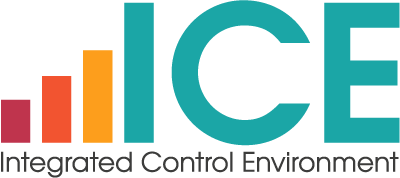Are you drowning in a sea of spreadsheets, desperately trying to prove your internal controls are actually doing their job? You’re not alone. For many finance professionals in small to medium-sized companies, collecting evidence of effective internal controls can feel like searching for a needle in a haystack – while blindfolded.
But fear not, intrepid control champions! With a dash of strategy and a sprinkle of technology, you can transform this daunting task into a well-oiled machine. Let’s explore how to gather compelling evidence that your controls are more than just pretty flowcharts on the wall.
Why it’s important: More Than Just Ticking Boxes
First things first: why bother with all this evidence-gathering? It’s not just about satisfying auditors or regulatory requirements (though that’s certainly a plus). Solid evidence of effective controls gives you:
- Peace of mind that your financial reporting is accurate and reliable
- Early warning signals when processes start to go off the rails
- A clear picture of where to focus improvement efforts
- Ammunition to defend your department’s value to the C-suite
How to move from Reactive to Proactive
So, how do we move beyond frantically scrambling for proof when the auditors come knocking? Here are some key strategies:
- Embrace the Power of Automation: Manual processes are error-prone and time-consuming. Look for ways to automate control monitoring and evidence collection. This could be as simple as setting up automated reports or as sophisticated as implementing dedicated control management software.
- Make it Real-Time: Annual or quarterly checks are no longer enough. Implement ongoing monitoring processes that capture evidence as controls operate. This gives you a real-time view of your control effectiveness.
- Diversify Your Evidence: Don’t rely solely on one type of evidence. Combine system logs, transaction samples, exception reports, and even video recordings of key processes to build a comprehensive picture.
- Tell a Story with Your Data: Raw data dumps aren’t compelling evidence. Use data visualization tools to transform your evidence into clear, actionable insights that demonstrate control effectiveness at a glance.
- Foster a Culture of Documentation: Encourage teams to document control activities as part of their daily routine. This could be as simple as a quick screenshot or a brief note in a shared log.
Next Steps
Now that you’re armed with these strategies, it’s time to take a hard look at your current evidence collection process. Ask yourself:
- Are we still relying heavily on manual processes and periodic checks?
- Can we clearly demonstrate the effectiveness of our key controls at any given moment?
- Are we capturing the right types of evidence to tell a compelling story about our control environment?
If you’re answering “no” to any of these questions, it’s time to consider upgrading your approach. Whether that means implementing new tools, refining processes, or simply shifting mindsets, the payoff in terms of assurance and efficiency will be well worth the effort.
Remember, effective control evidence isn’t just about compliance – it’s about confidence. Confidence in your numbers, your processes, and your ability to steer your organization safely through the choppy waters of modern business. So go forth and gather that evidence with gusto!
ICE is a control environment management solution that helps you implement and monitor internal controls across your organisation. For more details contact us to arrange a short discovery call, a solution demonstration or just for a chat!
